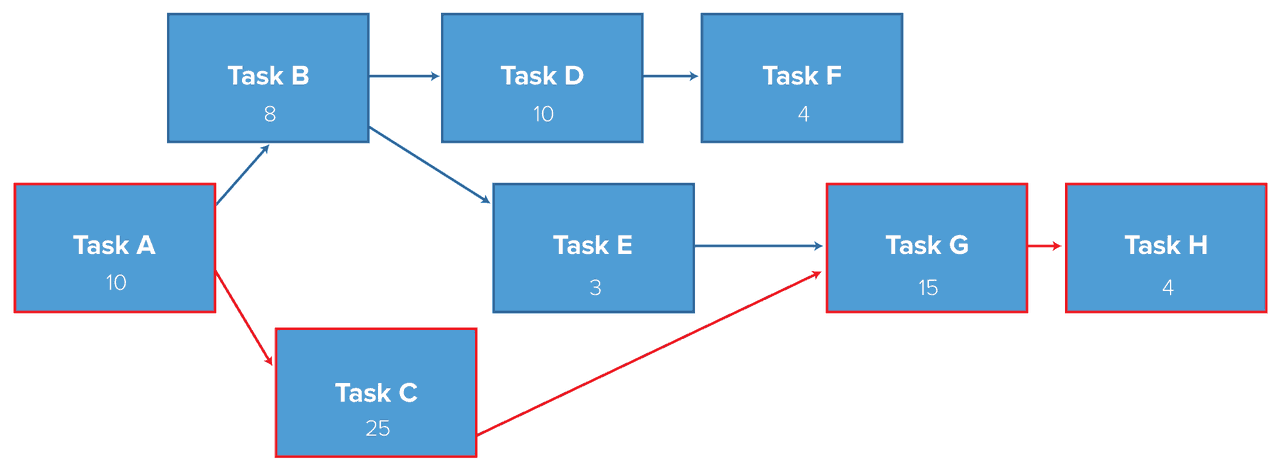What is the Critical Path Method (CPM)?

A Key Project Scheduling Technique for Identifying the Longest Sequence of Tasks to Determine Project Duration
In the realm of project management, time is everything. Delivering projects on time requires a deep understanding of how various tasks interrelate and influence the overall schedule. One of the most effective tools for achieving this is the Critical Path Method (CPM). Originally developed in the 1950s by DuPont, CPM remains a cornerstone of project planning, helping managers identify the sequence of activities that directly affects the project’s completion time.
Understanding the Critical Path Method
The Critical Path Method is a project scheduling technique used to determine the longest sequence of dependent tasks—known as the critical path—that must be completed on time for the entire project to be finished on schedule. If any task on this path is delayed, the whole project will be delayed unless corrective action is taken.
Key Concepts in CPM
-
Activities and Dependencies: Each project is broken down into individual tasks or activities. Some tasks can only start after others are completed, creating dependencies.
-
Duration Estimation: Each task is assigned a duration, which is typically based on estimates or historical data.
-
Network Diagram: A visual representation (often an Activity-on-Node or AON diagram) shows how tasks are connected. This diagram helps identify all possible paths through the project.
-
Critical Path Identification: The path with the longest total duration from start to finish is the critical path. It defines the minimum time required to complete the project.
-
Float or Slack: Tasks not on the critical path may have "float"—extra time that they can be delayed without affecting the overall project timeline. Critical path tasks have zero float.
Why CPM is Important
-
Predicts Project Duration: Knowing the critical path lets project managers forecast the earliest possible project completion date.
-
Prioritizes Resources: Resources can be focused on critical tasks to avoid delays.
-
Facilitates Better Decision-Making: Managers can assess the impact of delays, evaluate trade-offs, and make informed adjustments.
-
Improves Risk Management: Understanding dependencies and float helps in identifying and mitigating risks early.
Using CPM in Practice
CPM is widely used in construction, software development, research projects, manufacturing, and any field where complex schedules are common. With modern project management tools, CPM calculations can be automated, but a clear understanding of the concept is essential for accurate interpretation and decision-making.
Limitations of CPM
While powerful, CPM assumes that task durations are fixed and does not account for resource constraints. It also doesn’t handle uncertainty well, making it less effective when variability in task durations is high. For such cases, integrating CPM with other techniques like PERT (Program Evaluation and Review Technique) may be beneficial.
Conclusion
The Critical Path Method is a vital project management tool for scheduling and time management. By identifying the most important tasks and their sequence, CPM provides clarity and control, enabling project managers to ensure timely delivery of complex projects.
- Arts
- Business
- Computers
- Jeux
- Health
- Domicile
- Kids and Teens
- Argent
- News
- Recreation
- Reference
- Regional
- Science
- Shopping
- Society
- Sports
- Бизнес
- Деньги
- Дом
- Досуг
- Здоровье
- Игры
- Искусство
- Источники информации
- Компьютеры
- Наука
- Новости и СМИ
- Общество
- Покупки
- Спорт
- Страны и регионы
- World


